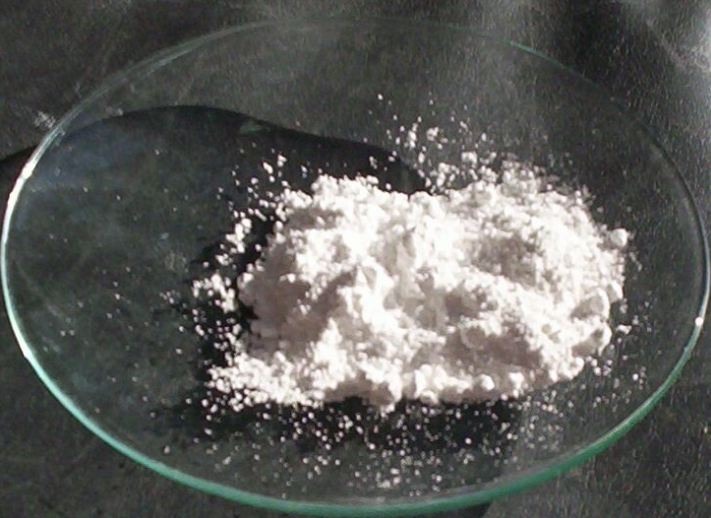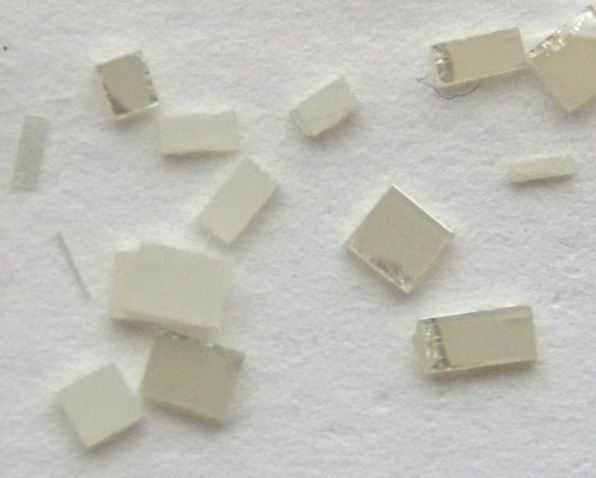Many of us have been so dedicated to following our skincare routine in order to maintain flawless-looking and well moisturized skin. For those who religiously follow their routine, as well as for those that wanted skin protection, you had probably read the word ‘titanium dioxide’ at the back of your sunscreen bottle or probably on your make-up palette. The said element among many of the Earth’s elements found in animals or plants. Also, it can be found in sands, soils, dust, and ores.
Several people are probably familiar with titanium dioxide as an active ingredient found in sunscreens. This element serves as a filter against the harmful UV rays that could damage our skins. As well as that, it blocks the UV lights that are linked to sunburn and other skin diseases. Naturally, titanium dioxide is a white, fine-powder that has a bright pigment. It has been used for many centuries not only in beauty products and to block the sun, but as well as in a variety range of consumer and industrial products like coatings, paints, textiles, plastics, rubber, floor coverings, and automotive product.
This element is produced in two main forms. The primary form that is comprised of ninety-eight percent of total production, is the pigment grade titanium. The pigmentary form makes use of the element’s light-scattering properties in applications that requires brightness and white opacity. The other form is an ultra fine product. This form is used when different properties like maximum UV light absorption or transparency are required. The titanium dioxide that is micronized and coated for cosmetic products is much stable and can provide better sun protection than the non-micronized titanium oxide.
In cosmetics and personal care, titanium dioxide is used as a colorant in products that are applied to the skin, including in the eyes, nails, or lips. This element helps in increasing the opaqueness and reduces the transparency of the product’s formula. Also, the titanium dioxide reflects, absorbs, and scatters light.
Is Titanium Dioxide Safe?
Back in 2006, a safety controversy was started when the International Agency for Research on Cancer (IARC) had stated that the element titanium dioxide was a substance that has a possible carcinogenic to humans. It was a decision based on Lee, Trochimwicz, and Reinhardt’s 1985 study called “Pulmonary Response of Rats Exposed to Titanium Dioxide by Inhalation for Two Years.” The experiment found that the rats that were exposed to dust containing 250mg./m, for about six hours each day, five days per week for the whole two years, have developed a small lung tumor. Although this study sounds scary, it is important to note that the rats process dust particles differently than human beings. It should also be noted that these rats were exposed to an extremely high amount of the element, a level that none of us will be ever exposed to.
With that, it can be concluded that titanium dioxide can be both harmful and safe, depending on its usage. When it is inhaled, it is considered possibly carcinogenic. This means that the products that contain titanium dioxide like pressed powders, loose powders, blushes, or eyeshadows, in which the make-up is in powdered form, the element can be inhaled. Meanwhile, loose titanium dioxide is somewhat safer within sunscreen formulations than conventional sunscreen chemicals like octinoxate and oxybenzone. However, the titanium dioxide may be much dangerous when in nanoparticle size. Generally, nanoparticles are 1000 times smaller than a human hair. Despite this element is becoming more common across industries, they were not properly assessed for environmental or human effects.
The potential health side effects of the titanium dioxide may occur as nose or throat irritation when inhaled. If contact with skin, this may cause mild irritation. Also, if eye contact had occurred, the element may cause slight irritation since a foreign object or particle penetrates the eye. With this, based on physical chemistry and biological effects, experts stated that zinc oxide is much safer than titanium oxide. Also, it is stated that the titanium oxide creates free radicals that do oxidate damage to the body and skin cells, as well as that, it also increases aging processes.


